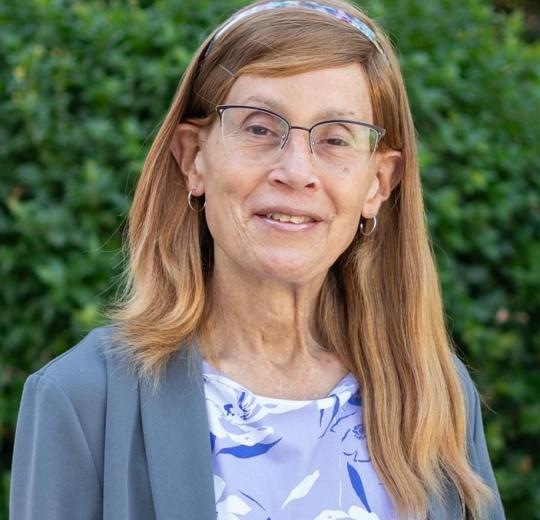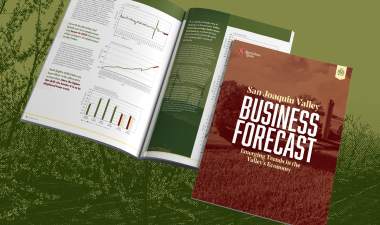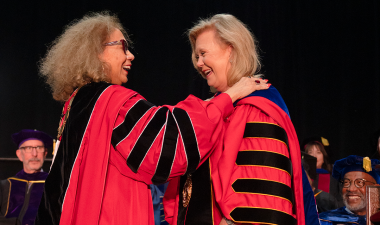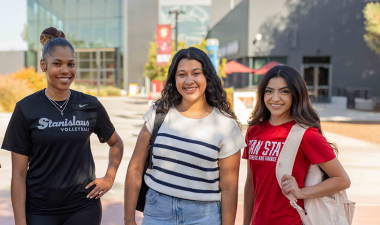The center will be located on the third floor of the Naraghi Hall of Science, where existing facilities will be renovated to create a modern laboratory equipped with bioreactors, sequencing and imaging tools and plant growth chambers. Over the next five years, the grant-funded initiative aims to serve more than 4,000 students and community members, including high school and college students, underemployed adults and professionals seeking biotechnology upskilling opportunities.
Arun said his inspiration for the project came directly from students. “I could feel that students want to go into this field, but many times there are not enough opportunities for them to learn the specific skills and how to use the tools that are needed in an industrial setting or even at a very high-quality research lab,” he said. “I want to create a platform for them where they can try research ideas and explore their vision.”
The Centre for Sustainable Biotechnology will offer experiential learning designed to prepare students for emerging career pathways in the region’s growing biotechnology and agricultural technology industries. Students will gain technical, critical thinking and communication skills through extended lab projects, teamwork, and paid internships with industry partners.
The support from BEAM Circular — a nonprofit organization driving innovation and workforce development in California’s circular bioeconomy, especially within the North San Joaquin Valley — represents the importance of local partnerships in ensuring that innovation and skills-building take root in the region and can flourish. Through this grant, Stanislaus State becomes a key collaborator within the BEAM Circular ecosystem — enabling the University to host infrastructure, engage in shared research and anchor workforce development in the region.
Arun emphasized the importance of building local workforce capacity. “A lot of students who would like to stay in this region have to move out because they're not able to find suitable jobs here,” he said. “I want to contribute to the fact that students who really want to stay should be able to stay. This space will help those students learn the most advanced techniques in the field of biotech so they can be fully equipped to contribute to local companies.”
The center’s outreach programs will also engage high school students, K-12 educators, and community members. “It is extremely important to include those family members also in the decision making of the student’s academic career,” Arun said. “We plan to organize orientation sessions for family members to visit our center, see what we are doing and why it is important. If the community understands the significance of the work that we are doing, that will help us to move forward quickly.”
“This space will help students learn the most advanced techniques in the field of biotech so they can be fully equipped to contribute to local companies.”
-Alok Arun, Associate Professor of Biological Sciences
A key focus of the center will be on advancing the circular bioeconomy — which involves creating sustainable solutions that transform agricultural and environmental waste into valuable resources. “Our fundamental goal is to generate wealth from waste,” Arun explained. “For example, we can collect algal biomass from water bodies around us and make bio-fertilizers out of it. Those fertilizers can go back to the field where we can work with farmers to use bio-based rather than chemical-based fertilizers.”
Looking ahead, Arun envisions the center as a hub for innovation, education and collaboration across the Valley. “I see that more people would be able to collaborate with Stan State — not only from the academic side, but from the industrial side and from the community side,” he said. “A center like this has the potential to bring more visibility to our campus and the community as well.”
For Arun, the grant represents both a professional milestone and a personal mission. “If you’re driven by a dream and if you are really willing to work hard, forces will come together and you can find ways to support students and people,” he said. “I feel really happy that I have got a chance to contribute a little bit to the development of this region and primarily to the development of the students and the community that they represent.”




